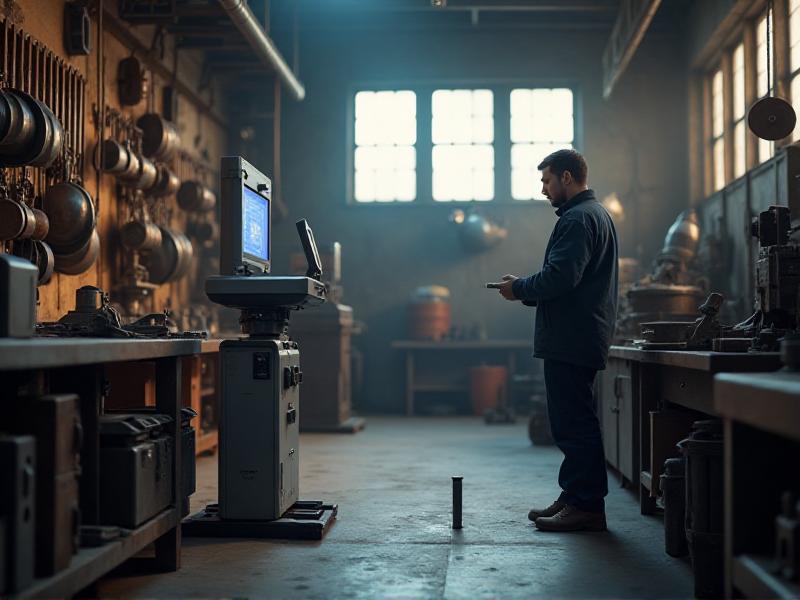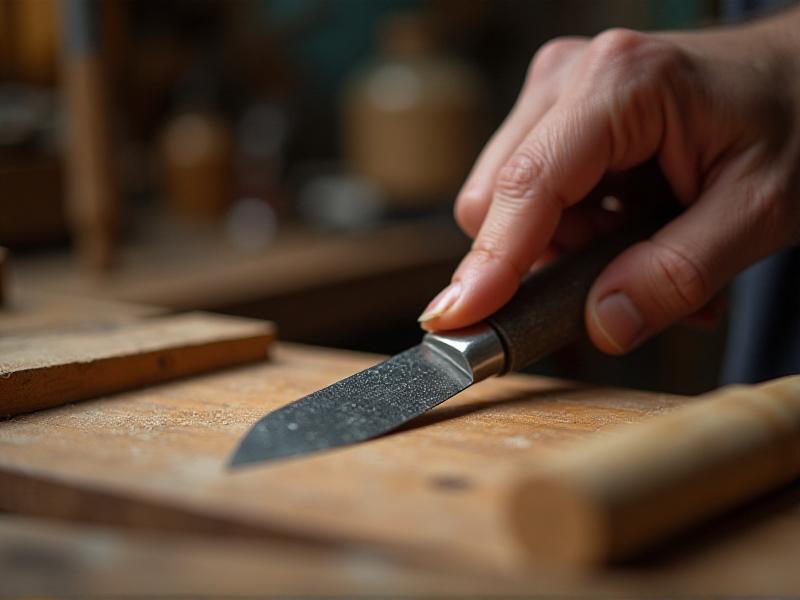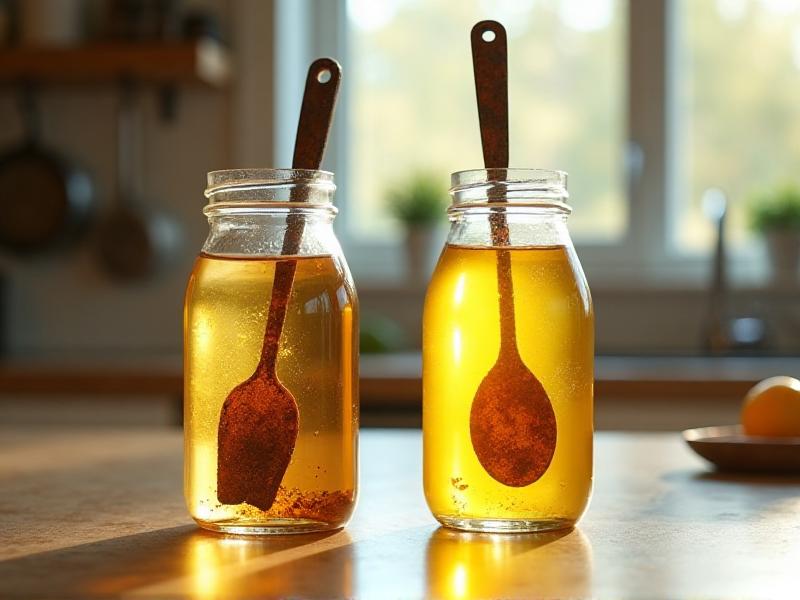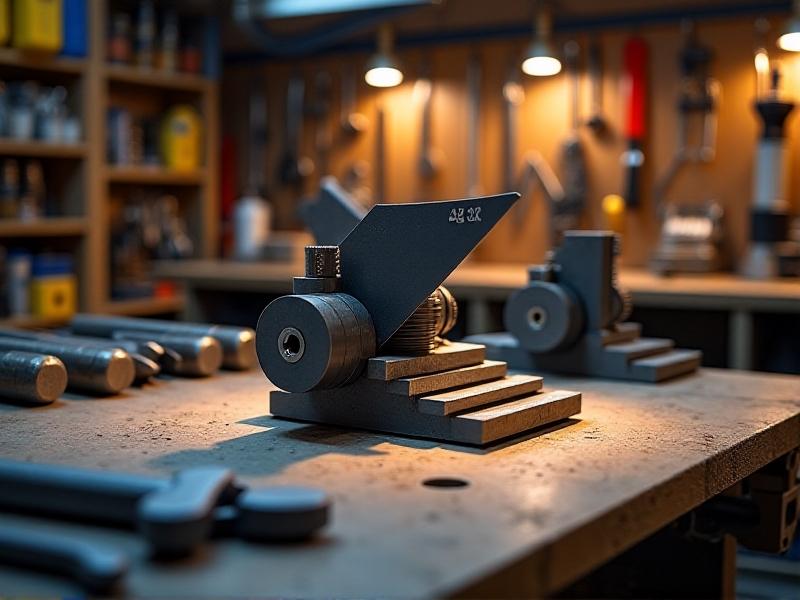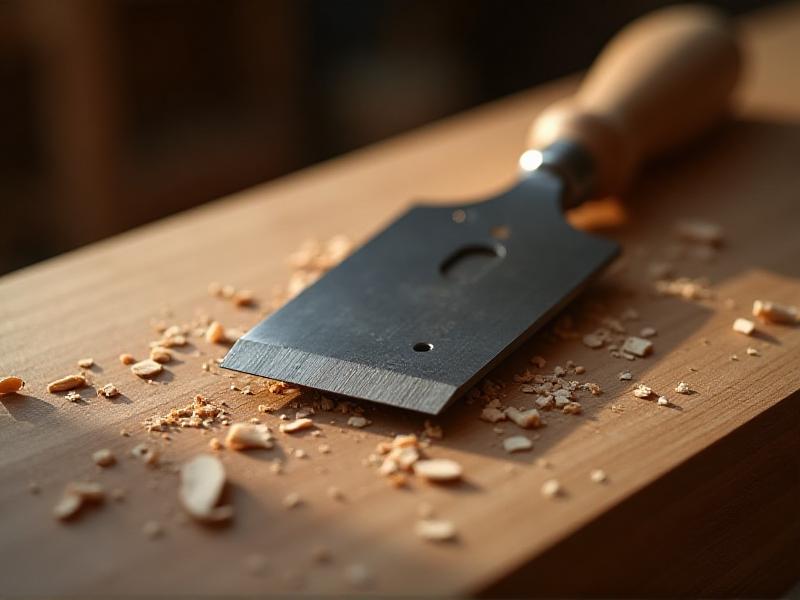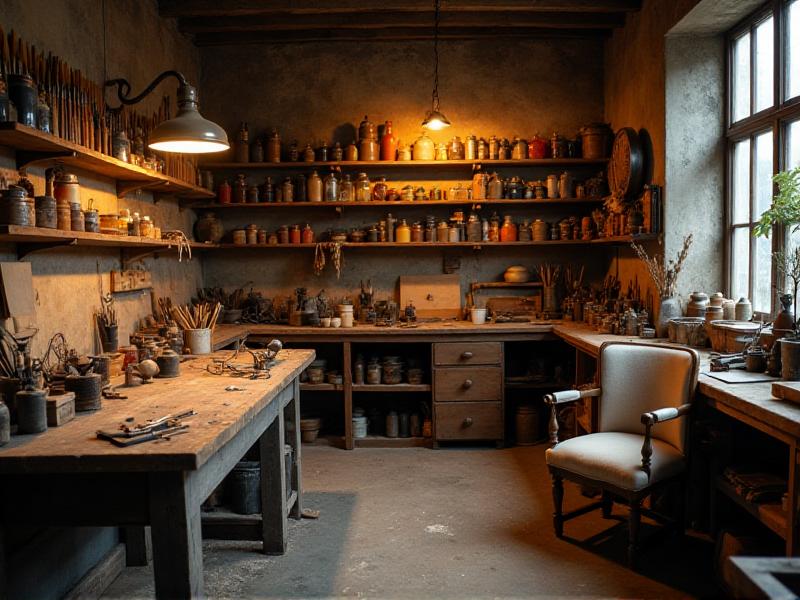Protecting Engravings During Derusting
Understanding the Importance of Engraving Preservation
Engravings are more than just decorative elements; they are a testament to craftsmanship and history. Whether etched into metal, wood, or stone, these intricate designs carry cultural, artistic, or personal significance. When derusting objects with engravings, the primary challenge lies in removing corrosion without compromising the integrity of the engraved details. Rust, a common enemy of metal objects, can obscure or damage these delicate patterns if not handled carefully. Understanding the materials and techniques involved is crucial to ensure that the engravings remain intact during the derusting process.
Engravings are often found on antique tools, jewelry, firearms, and even architectural elements. Each of these items has a unique story, and preserving their engravings means preserving their identity. The process of derusting involves chemical, mechanical, or electrochemical methods, each of which poses specific risks to engravings. For instance, abrasive techniques can wear down fine lines, while harsh chemicals might erode the surface. Therefore, the first step in protecting engravings is to assess the object’s material, the extent of rust, and the engraving’s depth and intricacy.
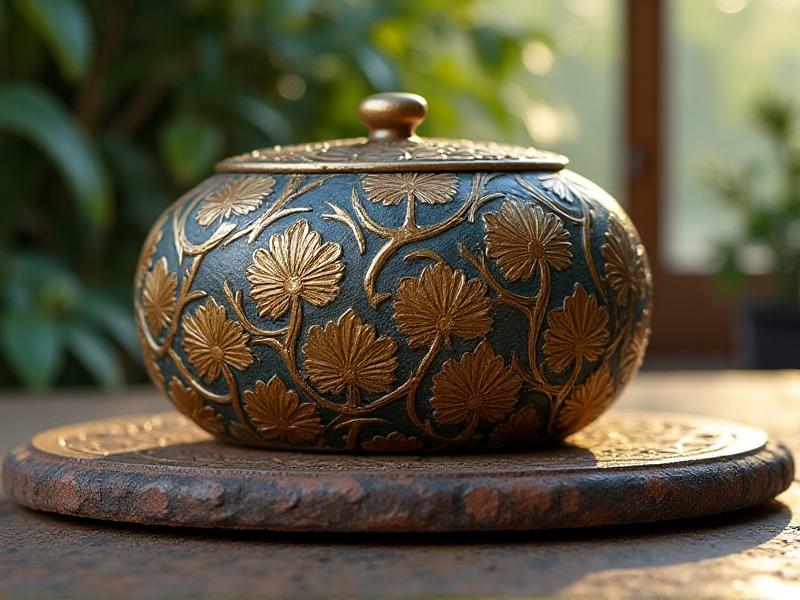
Choosing the Right Derusting Method
Selecting the appropriate derusting method is critical to safeguarding engravings. Chemical derusting, which involves using acids or rust converters, can be effective but requires caution. For delicate engravings, mild solutions like citric acid or vinegar are often preferable to stronger acids. These substances dissolve rust without aggressively attacking the underlying metal. However, prolonged exposure can still harm the surface, so timing and monitoring are essential.
Mechanical methods, such as sanding or wire brushing, are generally riskier for engravings due to their abrasive nature. However, tools like dental picks or fine steel wool can be used with precision to remove rust from around engraved areas without damaging them. Electrochemical derusting, which uses an electric current to remove rust, is another option. This method is less likely to harm engravings but requires specialized equipment and expertise.
Ultimately, the choice of method depends on the object’s condition and the engraving’s sensitivity. In some cases, a combination of techniques may be necessary. For example, chemical derusting could be used for bulk rust removal, followed by meticulous mechanical cleaning to preserve the engravings.

Preparing the Object for Derusting
Preparation is key to ensuring that engravings remain unharmed during derusting. Start by thoroughly cleaning the object to remove dirt, grease, and loose rust particles. A gentle soap and water solution can be used for this purpose. Avoid harsh scrubbing, as it might scratch the surface or damage the engravings. Once cleaned, dry the object completely to prevent further corrosion.
Next, inspect the engravings closely. Use a magnifying glass or loupe to assess their depth and condition. If the engravings are shallow or already worn, extra care will be needed during derusting. For particularly delicate areas, consider masking them with a protective material like wax or tape. This barrier can shield the engravings from accidental damage during the rust removal process.
It’s also helpful to document the object’s condition before starting. Take detailed photographs of the engravings from multiple angles. These images can serve as a reference during the derusting process and help ensure that no details are lost.
Techniques for Protecting Engravings During Derusting
Once the object is prepared, employ techniques that minimize risk to the engravings. For chemical derusting, apply the solution with a small brush or cotton swab, targeting only the rusted areas. Avoid letting the chemical pool around engraved lines, as prolonged contact can erode the metal. Rinse the object thoroughly after treatment to remove any residue.
When using mechanical methods, work slowly and deliberately. Use tools that allow for precise control, such as dental picks or fine abrasive pads. Always move in the direction of the engraving lines to avoid accidentally crossing and damaging them. For deep or intricate engravings, consider using a compressed air blower to remove loosened rust particles without physical contact.
If employing electrochemical derusting, ensure that the electrolyte solution does not come into direct contact with the engravings. Cover them with a non-conductive material like wax or tape to protect them from the electric current. Monitor the process closely to prevent over-cleaning, which could expose the engravings to unnecessary stress.
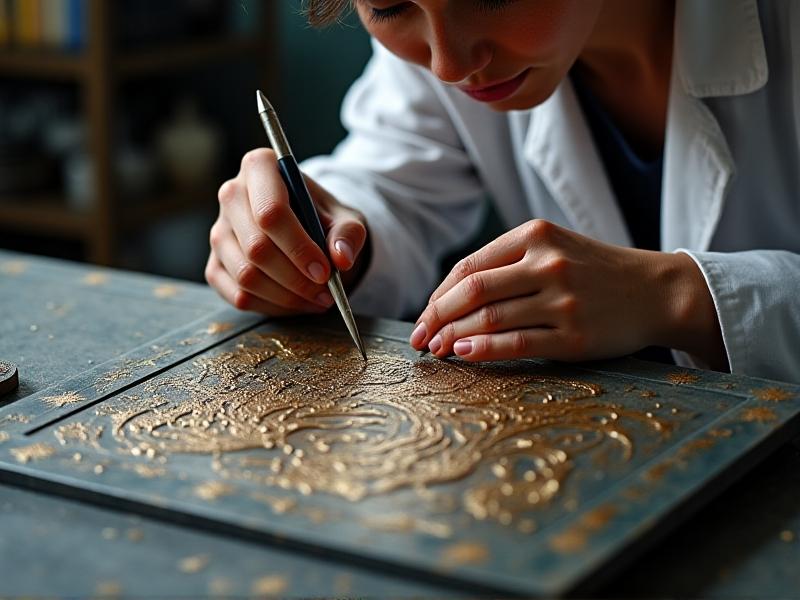
Post-Derusting Care and Maintenance
After derusting, it’s essential to take steps to protect the object and its engravings from future corrosion. Apply a protective coating, such as wax or a clear lacquer, to the surface. This layer acts as a barrier against moisture and oxygen, which are the primary causes of rust. Be cautious not to obscure the engravings; use a thin, even application.
Store the object in a controlled environment with stable humidity and temperature levels. Avoid placing it in areas prone to moisture, such as basements or bathrooms. If the object is displayed, consider using a glass case to shield it from dust and environmental pollutants.
Regular maintenance is also crucial. Periodically inspect the object for signs of rust or wear. Clean it gently with a soft cloth to remove dust and fingerprints. If rust begins to reappear, address it promptly using the techniques outlined earlier to prevent further damage.
Case Studies: Successful Engraving Preservation
Examining real-life examples can provide valuable insights into effective engraving preservation. One notable case involved a 19th-century cavalry saber with intricate engravings on its blade. The owner used a combination of citric acid derusting and meticulous mechanical cleaning to restore the saber without harming its detailed patterns. The result was a beautifully preserved piece of history.
Another example is the restoration of a vintage pocket watch with engraved initials. The watch’s case was heavily rusted, but by masking the engravings with wax and using a gentle electrochemical method, the restorer was able to remove the rust while keeping the initials intact. These cases demonstrate that with the right approach, even the most delicate engravings can be preserved during derusting.
Common Mistakes to Avoid
Even with the best intentions, mistakes can occur during derusting that may harm engravings. One common error is using overly aggressive methods, such as power tools or strong acids, without considering the engraving’s sensitivity. These techniques can quickly erode or obliterate fine details.
Another mistake is neglecting to test the derusting method on a small, inconspicuous area first. This step is crucial to ensure that the technique is safe for the object’s material and engravings. Skipping it can lead to irreversible damage.
Finally, failing to properly clean and dry the object after derusting can result in residual chemicals or moisture causing further corrosion. Always follow up with thorough rinsing and drying, and apply a protective coating to safeguard the engravings.
Expert Tips for Preserving Engravings
Experts in the field of restoration emphasize the importance of patience and precision when working with engravings. Start with the gentlest method possible and gradually increase intensity if necessary. Always prioritize the preservation of the engravings over the speed of rust removal.
Another tip is to consult with professionals or reference materials before attempting derusting on valuable or historically significant objects. Their expertise can provide guidance on the best techniques and materials to use.
Lastly, invest in high-quality tools and materials. Cheap or inappropriate tools can increase the risk of damaging engravings. For example, using low-grade steel wool might leave scratches, while a fine-grade version can be much safer.
The Role of Technology in Engraving Preservation
Advancements in technology have introduced new methods for protecting engravings during derusting. Laser cleaning, for instance, is a non-contact technique that uses focused laser beams to remove rust without affecting the underlying metal. This method is particularly effective for delicate engravings, as it allows for precise control and minimizes the risk of damage.
3D scanning and modeling are also valuable tools. By creating a digital replica of the object and its engravings, restorers can plan their approach and simulate the derusting process before applying it physically. This reduces the likelihood of errors and ensures that the engravings are preserved.
Additionally, chemical inhibitors and rust-preventative coatings have been developed to provide long-term protection for engravings. These products are designed to be safe for use on a variety of materials and can significantly extend the lifespan of restored objects.
Final Thoughts on Engraving Preservation
Protecting engravings during derusting is a delicate balance between removing corrosion and preserving artistic and historical details. By understanding the materials, choosing the right methods, and employing careful techniques, it’s possible to restore objects while keeping their engravings intact. Whether you’re a professional restorer or a hobbyist, the key is to approach the process with patience, precision, and respect for the craftsmanship behind the engravings.
Engravings are a bridge to the past, and their preservation ensures that future generations can appreciate the artistry and history they represent. By following the guidelines and tips outlined in this article, you can contribute to the safeguarding of these invaluable details for years to come.
